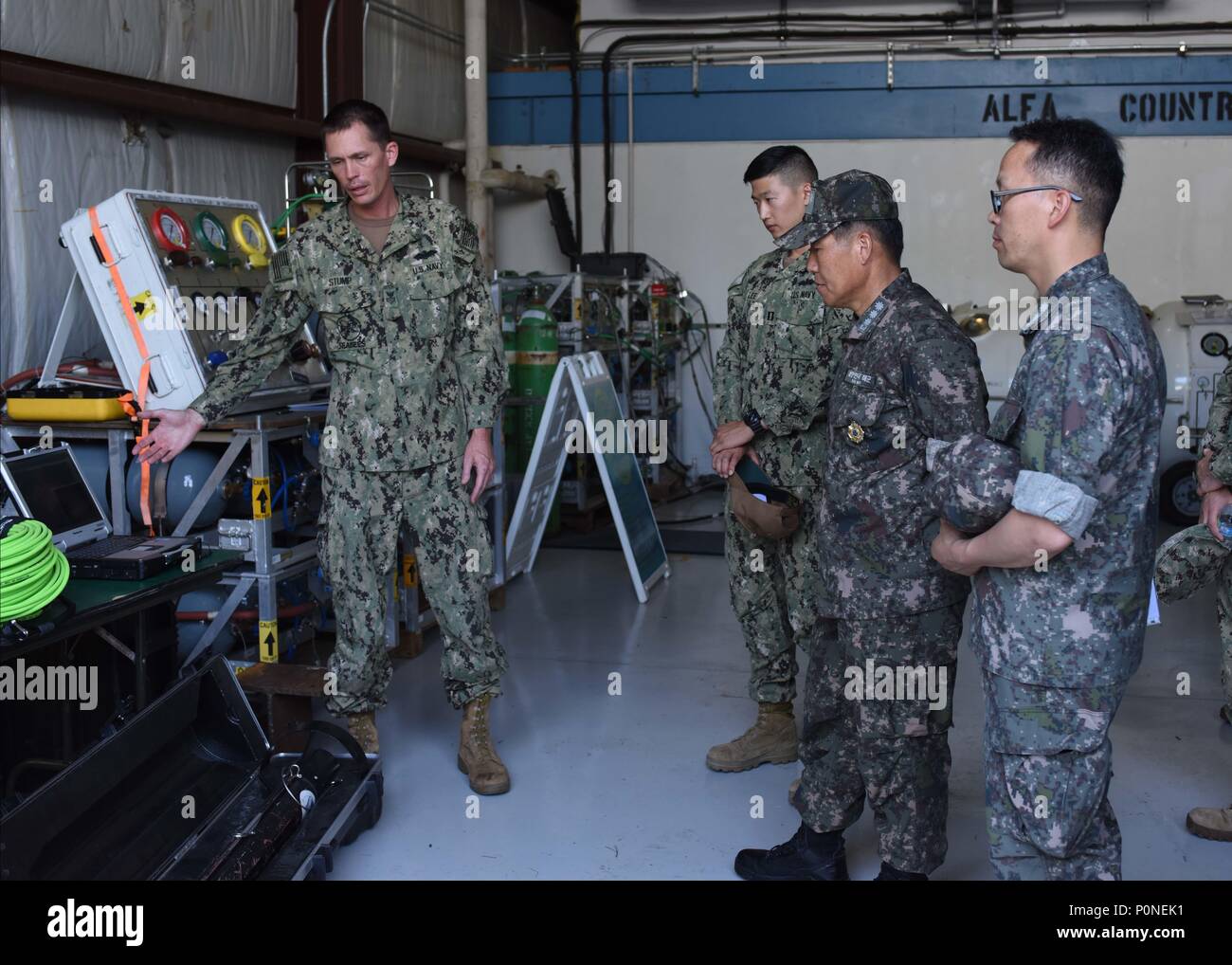Ww1 British Uniform World Time Utc
Ww1 British Uniform World Time Utc, Indeed recently has been hunted by consumers around us, perhaps one of you personally. People now are accustomed to using the internet in gadgets to view video and image information for inspiration, and according to the name of this article I will discuss about
If the posting of this site is beneficial to our suport by spreading article posts of this site to social media marketing accounts which you have such as for example Facebook, Instagram and others or can also bookmark this blog page.
Several other nations also introduced variants of battledress during the second world war including australia canada india new zealand south africa and the united states of america the eto.

World map png second lockdown virginia. The insignia was a points up chevron of ncos lace worn on the lower sleeve of the uniform jacket. The value of drab color. These uniforms had originally been designed and issued in 1902 to replace the traditional red uniform and remained unchanged by 1914.
The uniforms of the british army currently exist in twelve categories ranging from ceremonial uniforms to combat dress with full dress uniform and frock coats listed in addition. Uniform marine service uniform and a flight jacket version and. During the first world war the only khaki dye available for british army uniforms was manufactured in germany which at first it secretly imported.
The british army used a variety of standardized battle uniforms and weapons during world war iaccording to the british official historian brigadier james e. Rank was indicated by badges on the upper arm. During the first world war 259 infantry brigades were raised by the british army two by the royal navy and one from the royal marinesof these brigades fifty three were held in reserve or only used for training while another nine only served in british india.
Edmonds recorded in 1925 the british army of 1914 was the best trained best equipped and best organized british army ever sent to war. The tunic had large breast pockets as well as two side pockets for storage. The use of divisional signs on uniform was discontinued by the regular army after the first world war although when reformed in 1920 some territorial divisions continued to wear the signs they had adopted previously.
It was given to privates and lance corporals for 2 6 12 or 18 years service without being subject to formal discipline. 3 for a time khaki was replaced by kitchener blue kitchener blue was the collective name given to replacement uniforms used by the british army when it ran out of khaki in 1914. The british wore khaki uniforms throughout world war one.
Battledress was the specific title of a military uniform adopted by the british army in the late 1930s and worn until the 1960s. The immaculately pressed uniform of a first world war officer has been found in a time capsule of. The good conduct stripe was a british army award for good conduct during service in the regular army by an enlisted man.
Uniforms in the british army are specific to the regiment or corps to which a soldier belongsfull dress presents the most differentiation between units and there are fewer regimental distinctions between. By the start of the second world war the british army prohibited all identifying marks on its battle dress uniforms save for drab black or white on khaki regimental or corps. British wwi heros immaculate uniform found in time capsule hidden in school history dept.

Royal Armouries Ww1 Body Armour And Poetry Home Learning Hub Facebook World Map Png Second Lockdown Virginia








